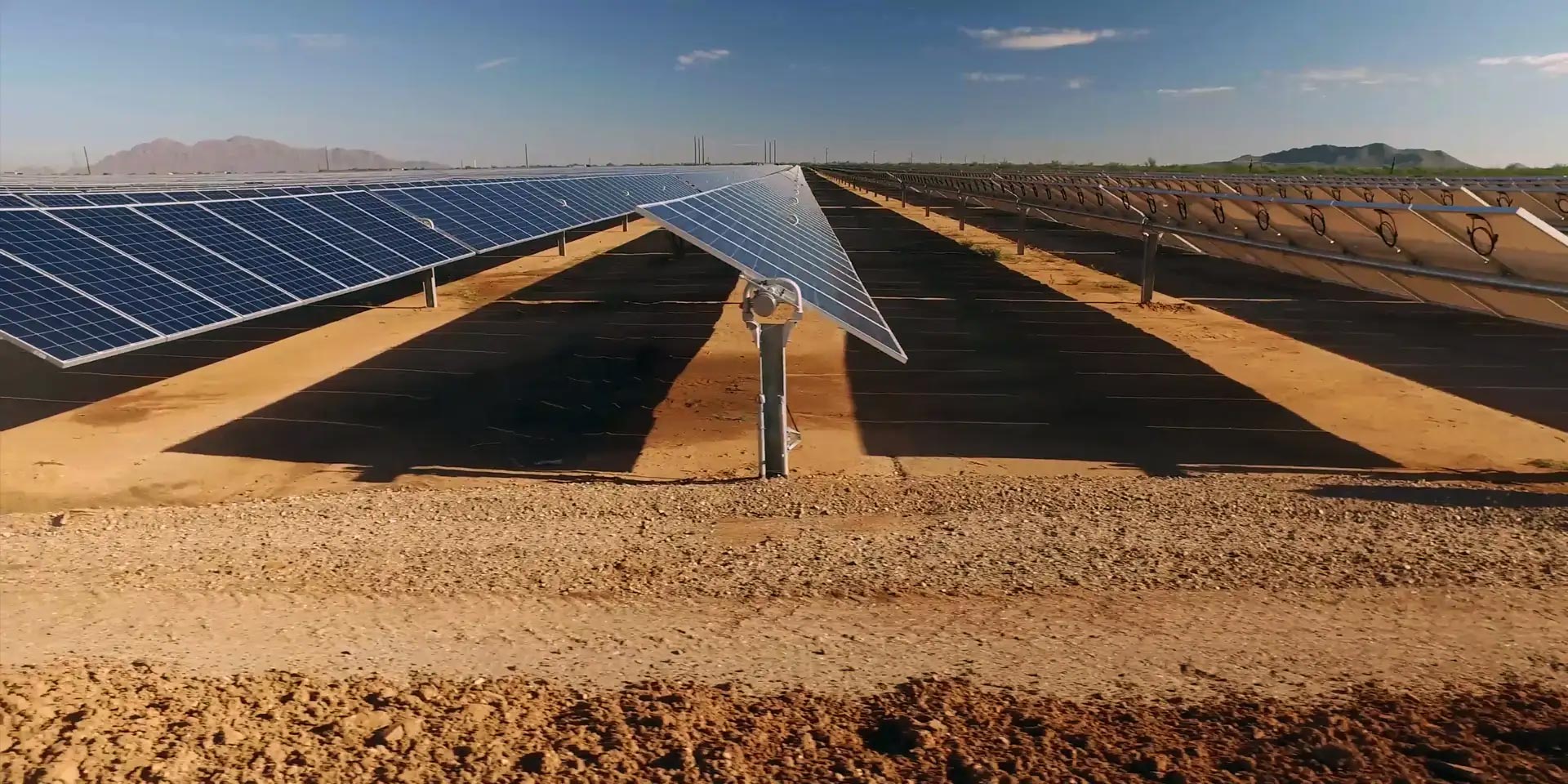Reports and Analysis
OP ED | AMID IRON ORE WOES, BHP POSTS STRONG FY24 RESULTS BUT DECARBONISATION FAIL – Must keep eyes on the green iron prize
The iron ore slump means Australia must pivot at speed and scale to its immense opportunities in green iron, which requires action on decarbonisation. BHP, we’re looking at you. Read more
Reforming the diesel subsidy is not ‘economy-wrecking’: response to the Minerals Council of Australia
CEF advocates for a $50m per group per annum cap to the diesel fuel subsidy, and for all tax receipts to be returned to the mining firms impacted if they are reinvested in deployment of electric vehicles (EV) and the enabling renewable energy infrastructure. This cap would limit this reduced subsidy to eight of the largest mining firms in the world, turning a headwind to decarbonisation into a tailwind, and therefore aligning with Australia’s national interests in terms of improved energy security and acting in alignment with the climate science. Read more
AEMO Electricity Statement of Opportunities
Tim Buckley analyses the latest AEMO ESOO, which shows no reliability gap out to 2034 – if all planned replacement capacity projects are delivered on time. Time for state governments to accelerate approvals and strategic public interest investment into firmed renewables in line with the federal 82% renewables by 2030 target, and lock in low-cost, clean reliable supply to ameliorate the climate, energy and cost of living crises. Read more
MONTHLY CHINA ENERGY UPDATE | China Reaches 2030 Wind & Solar Targets 6 Years Early, New Coal Power Permits Slow Significantly
This July, China reached its 1,200GW of installed wind and solar capacity by 2030 target, 6 years ahead of time. As of the end of July CY2024, China has a total installed wind and solar capacity of 1,207GW. This early success could inspire other major powers to accelerate their renewable energy efforts, benefiting global climate goals. However, China must continue to focus on areas like energy efficiency and steel sector decarbonization, as well as address challenges such as grid connectivity and energy storage to sustain its progress. As China’s electricity demand grows, particularly with the ongoing electrification strategy, the need for increased power generation and grid modernization becomes more pressing. To meet its carbon targets, CEF estimates that China will need to add approximately 330GW of solar, 80GW of wind, and 4GW of nuclear capacity annually until 2040. Read more
REPORT | SUPERPOWERING-UP: Accelerating the Electrification and Decarbonisation of the Pilbara
An analysis of current energy demand in the Pilbara, and the need for common user electricity infrastructure to accelerate electrification and decarbonisation at speed and scale, leveraging Australia’s opportunity to lead globally on zero-emissions value-added industries of the future. Read more
MONTHLY CHINA ENERGY UPDATE | China’s Power Market Half Year 2024 Review
During the first 6 months of CY2024, China installed a total of 152.8GW of new capacity additions, a 14% y-o-y increase. 134.5GW or 88% were zero emissions capacity, a 25% y-o-y increase. Although China’s thermal new additions during the first 6 months of CY2024 show a decline, CEF believes for China to reach its ‘dual carbon’ targets – peaking carbon emissions by 2030 and achieving carbon neutrality by 2060 – it needs to cease new thermal expansion as early as possible, even noting its orientation to new low utilisation, flexible coal plants. Read more
MONTHLY CHINA ENERGY UPDATE | China to Achieve its 2030 Installed Clean Energy Target in July 2024
China will achieve its 1,200GW wind and solar installed capacity by 2030 target by end July 2024, six years ahead of schedule. 103.5GW of zero-emissions capacity was added during the first 5 months of CY2024, as thermal power additions declined by 45% y-o-y as the end of May CY2024 notwithstanding a still exceptionally strong +6.9% y-o-y YTD2024 increase in electricity demand. Read more
OP ED | Warmer Ties Could Cool the Planet: Potential for Australia-China Green Energy Collaboration
Australia and China’s improving diplomatic relationship, highlighted by recent high-level meetings and record trade, presents significant opportunities for green energy collaboration. With China facing overcapacity in solar panels, batteries, and electric vehicles, Australia stands to benefit from redirected Chinese investments. By leveraging its abundant renewable resources and enhancing critical mineral processing, Australia can become a more appealing supplier, particularly in the wake of global trade tensions. Read more

